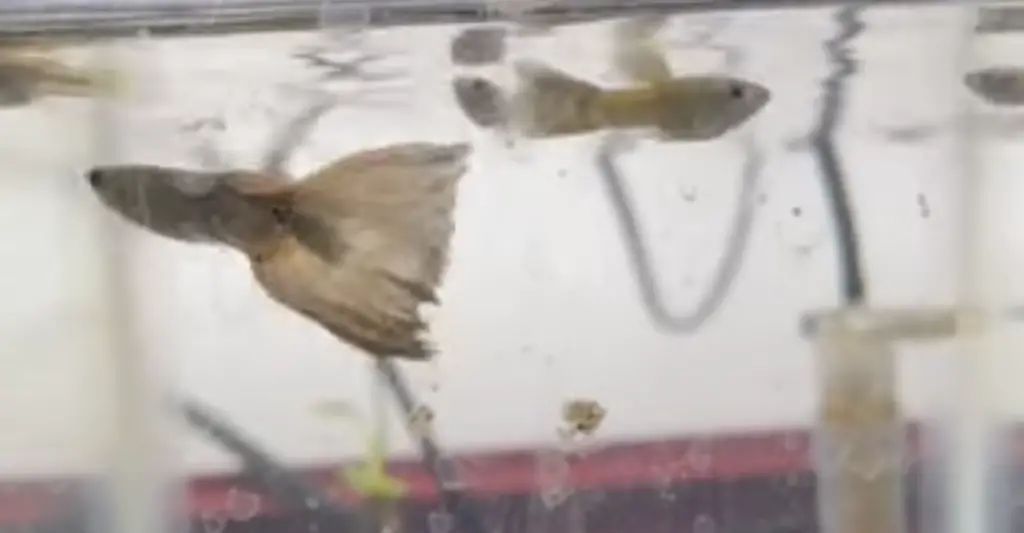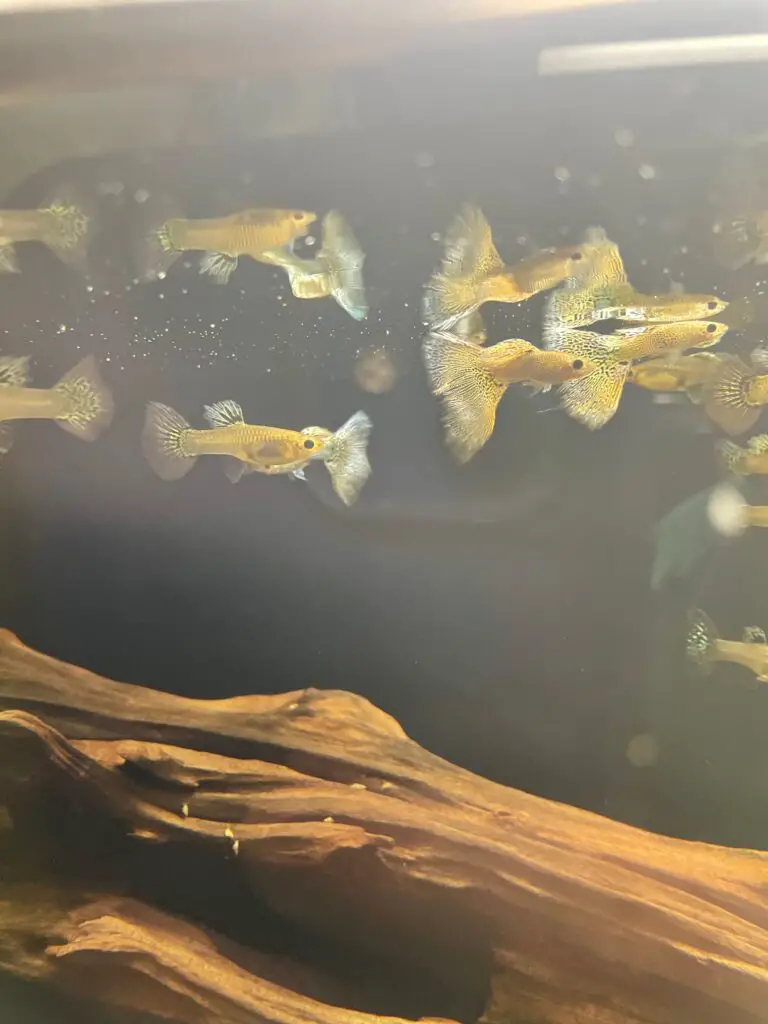Do you find what’s actually killing fish? Not only mine but other people’s. It’s the Nano tank setups for fish aquariums. These are small aquariums under five gallons generally, that you can keep in a small area like your office desk or your kitchen counter.
And even though they look amazingly cool with all the aquascaping that you can do with plants, and rocks making it decorative and artistic. Even though they are beautiful they cause a lot of problems for experienced and inexperienced fish keepers alike.
Water Parameters
The biggest thing that causes problems with Nano tanks is their extreme extremely hard to control the water.
So, the initial part of setting up a nano tank is getting it cycled. It is extremely difficult because the water volume is so small that the beneficial bacteria has a hard time getting established due to the spikes of ammonia.
The bacteria will try to catch up with the ammonia spike and grow to that the level it needs to handle the ammonia and then the ammonia will be taken care of and not stay consistent and the beneficial bacteria won’t have anything to feed on and die off.
And so that up and down with that small water volume makes it really difficult for the beneficial bacteria in your tank to get established.
Another part of the water parameters is if you put in new fish or if you overfeed your fish it will cause an ammonia spike as well. Which can cause all sorts of havoc on the nitrogen cycle results in your fish or other aquatic animals to die.
For example, I’ve got some caridina shrimp recently and they need soft water to survive and breed. I have been putting off getting them for a long time due to this but I though maybe if I do it on a really small scale in a nano tank it would save me from having to mess with a bunch of RO water because I’ll only need a little bit of water.
So I set up a gallon tank and got it ready for them. Seasoned it and got the water parameters perfect for the caridina shrimp.
I picked up 15 blue bolt caridina shrimp and acclimated them to the tank all was good for about a week but with aquarium shrimp you should plan for at least one or 2 to die because they can’t handle the the new environment or water parameters.
What ended up happening is I had one die under an indian almond leaf in the tank and polluting the tank and causing a major ammonia spike and it caused the whole group to die off.
A rule that a lot of people don’t realize or don’t understand is actually the bigger the tank is the easier it is to take care of. So it’s generally easier to take care of a big tank than a small tank and so one reason why nano tanks are so hard is because of that ammonia spikes and cycling process.
Ph Levels
Another thing with water parameters is whenever you add water it affects the parameters a lot more. In most places your ammonia your sign on your ammonia your pH will fluctuate on your tap.
Depending on what chemicals they use to clean the water or the temperature of your water or the time of year and all effects the pH. So if you add water to your tank and the pH is dramatically different the effects on a big tank will be less because the water volume will dilute it and make it less dramatic but in a small tank there’s not as much water volume so the change in PH will be dramatically different. So Be careful.
Water Temperature
Also when doing a water change you will also want to make sure the water temperature is the same. Most fish are sensitive to dramatic changes in water temperature. I learned this the hard way. We had a new water heater installed in our home and I didn’t realize how much more effective it was going to be.
I accidentally filled a grow out tank with 95 degree water. I lost the majority of a batch of bristlenose pleco babies and only was able to save the others by doing another big water change right away to lower the temperature.
Just like with PH a smaller tank’s temperature is much more difficult to keep constant when doing a water change so always test the water before adding it to your tank.
Aggression
Another thing is depending on what type of fish you have inside your tank, you can also have problems with aggression. And so in a nano tank, there’s just not as many places for fish to hide or space for them to run away. As a result this aggression can cause fish to be stressed or get injured and die.
Whereas in a bigger team they could hide behind a rock or decorations. Getting out of the eyesight of the bully and so they can recover and eventually establish a hierarchy in the tank.
Medications
Also a little bit to do with water parameters is that if you ever have sick fish, you can obviously add medication or salts to help your fish get better. But you have to be extremely precise with a nano tank because most medications for fish if you give them too much can be lethal to them or at least cause major health problems.
I’m not super precise when it comes to that type of stuff. So for me if I ever had to medicate a nano tank, it would be stressful because I’m not very good at being exact with measurements.
In conclusion, Nano tanks may look appealing and convenient, but they come with a lot of challenges. The small water volume makes it hard to establish and maintain the nitrogen cycle, leading to ammonia spikes that can be fatal to fish and other aquatic animals. The water parameters are also difficult to control, as even small changes in pH or temperature can have a significant impact on the tank’s inhabitants.
Additionally, aggression among fish can be a problem in Nano tanks due to the limited space for fish to hide. Overall, it’s important to understand the difficulties of maintaining a Nano tank before embarking on this type of setup. If you’re new to fish keeping or don’t have a lot of experience, it’s best to start with a larger aquarium that offers more stability and flexibility.


